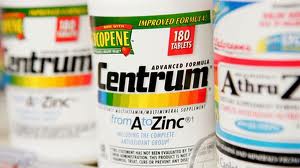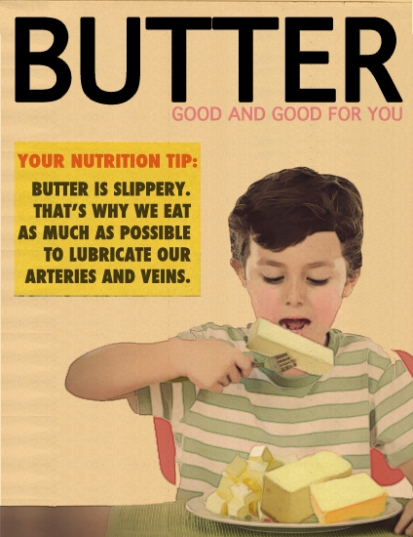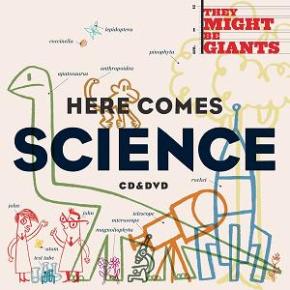Weed’s article “106 Science Claims and a Truckful of Baloney” solidifies the nagging fears that plague our minds every time we reach for the more expensive “all-natural and organic” chicken: Is this really better for me? If so, how much? Weed takes the time out of his day to research the science claims that we all take literally simply because we assume that everything that is broadcasted to a massive audience must be heavily screened and investigated. Weed’s article teaches us that we must take everything with a grain of salt and that we are fed dozens of exaggerations a day. The readers of Weed’s article are the readers of Popular Science, people who are willing to learn more about science. Popular Science is a magazine that compiles interesting scientific discoveries and new technology and makes it understandable to the average person. The reader is not expected to have any in-depth background information, only a curiosity. Using his diary-like article, he places himself of the position of the average American citizen. He notes the time he writes every single entry. It is clear that he took meticulous notes as the day went on, counting every single scientific claim he could find.
Weed makes several clear points in his article. Without actively searching for science, the average American is fed an unbelievable amount of scientific claims in a day. He stated that, without flipping through scientific journals and the like, he encountered 106 scientific claims in a single day, averaging one claim every ten minutes. He points out where people get their daily dose of science from, some of which are rather unreliable: “radio, television, the Internet, product packaging, billboards and a light read of the daily paper.” Weed makes the bold, yet completely believable claim: “Advertisers probably feed more science to Americans than anyone else.”
The scientific claims the average American absorbs in a day are rarely scientific and uninformative. Weed had to go out of his way to research the scientific claims on his own. In his article, under the subtitle “The Fine Print,” he evaluates and explains his findings about these “scientific claims.” Advertisers are the biggest culprit when it comes to making false promises. They are legally forced to tell the truth, but put the “best possible spin” on it.
Weed’s argument is sound. He clearly points out the claims, evaluates them, and lays out his findings for the reader as proof. The article did drag on; the reader was able to understand the point of the article within the first few pages. But, in each section of the article he discusses different areas for scientific claims: food, body, medicine, and so forth. He had moments of humor which kept the reader engaged. His reactions to the bogus claims were amusing and refreshing.
Weed’s post reminded me to be wary of the science claims I am fed every day. These claims that I am naming are claims that I have accepted as true for as long as I can remember. Lysol claims that it “kills 99.9% of viruses and bacteria.” Misleading. This claim comes from a study that placed a specific virus/bacteria on a pre-cleaned surface, and then using Lysol. This is far from reality. In a Wall Street Journal article, it stats “Regulations don’t require [Lysol] to disclose which bugs they exterminate, just that the products are effective against a representative sample of microbe.” Lysol kills more common bugs, but not all. The “99.9%” is just a marketing technique.
Source: http://online.wsj.com/news/articles/SB126092257189692937
Another claim that I believed in until recently is that multivitamins are essential for your health. Vitafusion’s Multivites claim to have an “essential daily formula” with the disclaimer that this statement has not been evaluated by the FDA. NBC News reveals that multivitamins have few to no benefits at all. The majority of Americans are not malnourished, and the ones who spend their money on vitamins are probably health conscious to begin with. New studies reveal that vitamin users fare no better than others. So, as Weed would put it: oversold.
Source: http://www.nbcnews.com/health/heart-health/two-new-studies-debunk-benefits-multivitamins-f2D11757314
Nalgene bottles are incredibly popular and well-known for being BPA-free. But what exactly does this mean? I never knew; I just understood that if they used “BPA-free” as their marketing technique and people bought it, it must be a good thing. BPA is a highly toxic chemical that plagued water bottles that were overused. So, yes, BPA is a bad thing. But is BPA-free synonymous with “safe”? An article on nrdc.org states that you should still be cautious and avoid heating the bottle. BPA still leaked into foods that were contained in plastics that were generally regarded as safe. The claim is incomplete and oversold.








 http://upload.wikimedia.org/wikipedia/en/d/d6/Here_Comes_Science.jpg
http://upload.wikimedia.org/wikipedia/en/d/d6/Here_Comes_Science.jpg